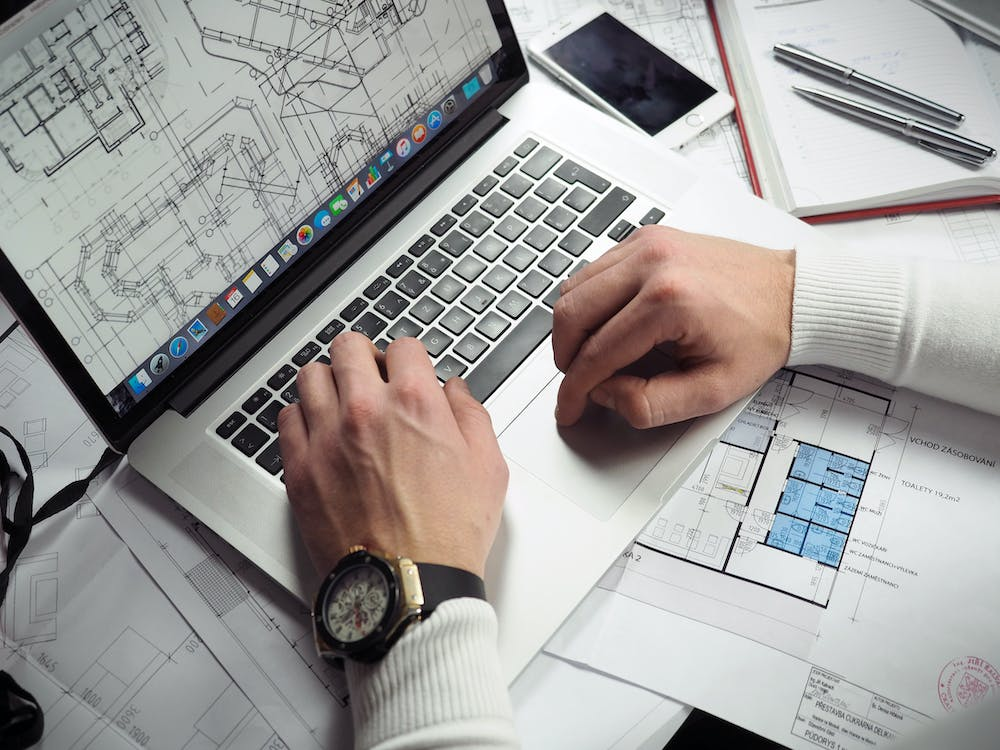In the world of architecture, the process of designing spaces is a complex and multifaceted endeavor. Architects are tasked with creating functional, aesthetically pleasing environments that meet the needs of their clients and the communities they serve.
One powerful tool that architects often use to bring their ideas to life and communicate their vision is storyboarding.
Understanding the Power of Visual Narratives
Storyboarding, a technique commonly associated with filmmaking and animation, involves creating a sequence of visual images or sketches with the help of a story creator to convey a narrative.
In architecture, storyboarding takes on a unique role as a means of visually exploring and presenting architectural ideas and concepts. In this blog post, we will delve into the concept of storyboarding in architecture and how it can be a valuable tool in the design process.
From Concept to Reality: The Evolution of Storyboarding
Storyboarding in architecture typically begins at the conceptual stage of a project. Architects start by brainstorming ideas and generating rough sketches or diagrams.
These initial sketches serve as the foundation for the visual narrative, helping to establish the overall design direction.
Creating a Visual Sequence
As the design process progresses, storyboarding becomes increasingly detailed. Architects create a series of drawings or images that depict key moments or aspects of the project.
These may include floor plans, elevations, sections, and perspectives. Each image contributes to the unfolding narrative, showing how the space will evolve and function.
Communicating with Clients and Stakeholders
One of the primary benefits of storyboarding in architecture is its ability to facilitate communication between architects, clients, and other stakeholders.
Designing a building or space is a collaborative effort that involves numerous parties, each with their perspectives and priorities. Storyboarding provides a common language through which all parties can understand and contribute to the design process.
Visualizing the Vision
Clients, in particular, often have difficulty visualizing architectural concepts based solely on technical drawings and blueprints. Storyboards bridge this gap by presenting the design in a more accessible and relatable format.
Clients can see how different design choices will impact the overall look and feel of the space, making it easier for them to make informed decisions.
Enhancing Design Iteration: Refining the Narrative
Storyboarding also plays a crucial role in the iterative nature of architectural design. Architects rarely arrive at a final design on their first attempt; instead, they refine and revise their ideas based on feedback and further exploration. Storyboarding allows for quick and flexible experimentation with different design options.
Experimentation and Exploration
Architects can create multiple storyboards, each representing a different design approach or concept. By comparing these visual narratives, architects can evaluate the strengths and weaknesses of each design and make informed decisions about which direction to pursue.
This iterative process ultimately leads to more thoughtful and refined architectural solutions.
Evoking Emotion and Experience: Beyond Functionality
Architecture is not just about creating functional spaces; it’s also about shaping experiences and evoking emotions. Storyboarding in architecture allows architects to consider the experiential aspects of a space and how it will make people feel.
By crafting a visual narrative, architects can highlight the sensory qualities of a design, such as the play of light and shadow, the texture of materials, and the flow of movement.
Crafting Sensory Experiences
For example, a storyboard might depict a series of images that show how natural light filters into a building at different times of the day, creating a sense of warmth and comfort.
This narrative helps convey the emotional impact of the design and allows clients and stakeholders to connect with the project on a deeper level.
Integrating Technology and Innovation: Advancing the Narrative
In today’s digital age, technology has transformed the way architects approach storyboarding. Advanced software tools and computer-aided design (CAD) programs have made it possible to create highly realistic and immersive visual narratives.
Architects can generate 3D renderings, virtual walkthroughs, and even augmented reality experiences to convey their designs.
The Digital Evolution
These technological advancements have expanded the possibilities of storyboarding in architecture. Clients can now “walk through” a virtual representation of a space, experiencing it as if it were already built. This level of immersion can be invaluable in helping clients understand the design and make decisions with confidence.
Case Study: The Guggenheim Museum Bilbao
Bringing the Storyboard to Life
To illustrate the power of storyboarding in architecture, let’s take a look at the iconic Guggenheim Museum Bilbao, designed by architect Frank Gehry. Gehry is known for his innovative and unconventional architectural designs, and the Guggenheim Bilbao is no exception.
The Birth of a Vision
During the design process, Gehry and his team used storyboarding techniques to convey their vision for the museum. They created a series of physical models and sketches that depicted the fluid, curvilinear forms of the building. These models helped communicate the complex geometry of the design and its relationship to the surrounding urban context.
Telling the Narrative
The storyboards for the Guggenheim Bilbao not only conveyed the aesthetics of the building but also its structural and functional aspects. They showed how the museum’s unique form would house the art collections and create a dynamic and inviting visitor experience.
Conclusion: Weaving Stories into Structures
Storyboarding in architecture is a powerful tool that enables architects to craft and communicate their design narratives. It enhances communication with clients and stakeholders, facilitates design iteration, and helps evoke emotions and experiences.
With the integration of technology and innovation, storyboarding has evolved to provide even more immersive and realistic representations of architectural concepts.



